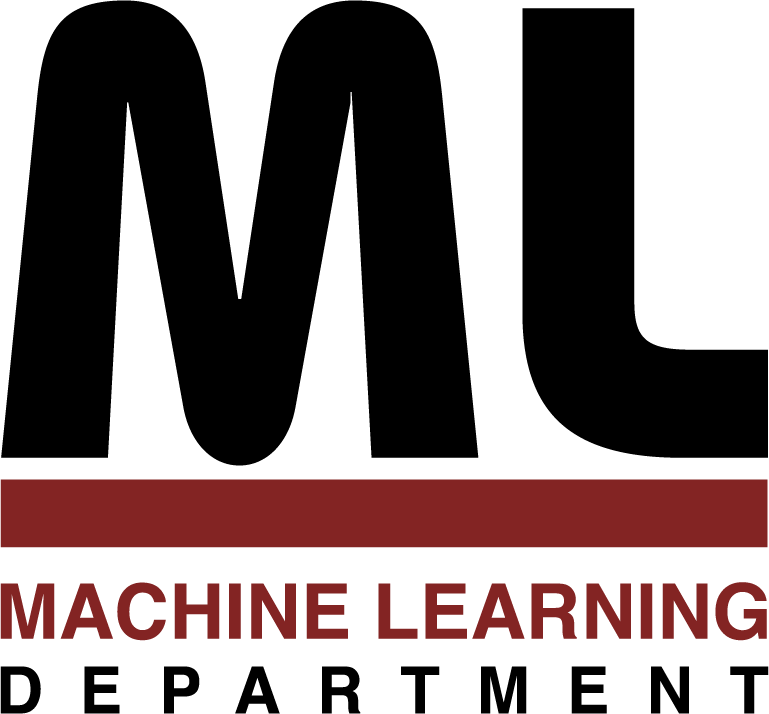
|
CMU-ML-19-112
Machine Learning Department
School of Computer Science, Carnegie Mellon University
CMU-ML-19-112
Multi-View Relationships for Analytics and Inference
Eric Lei
August 2019
Ph.D. Thesis
CMU-ML-19-112.pdf
Keywords:
Machine Learning, Statistics, Clustering, Classification, Anomaly Detection,
Multi-View, Signal Processing, Gamma Source Detection, Medicine, Non-Intrusive Load Monitoring
An interesting area of machine learning is methods for multi-viewdata, relational data whose features have been partitioned. Multi-view learning exploits relationships between views, giving it certain advantages over traditional single-view techniques, which may struggle to find these relationships or only learn them implicitly. These relationships are often especially salient in understanding the data or performing prediction. This work explores an under utilized approach in multi-view learning:to focus on multi-view relationships–the latent variables that govern relations between views–themselves as units of analysis. We investigate how this approach impacts analytics and inference in ways that standard multi-view and single-view learning cannot. We hypothesize that by ignoring relations between views or factoring them in only indirectly, standard approaches risk overlooking key structure. Accordingly, our goal is to investigate the extent multi-view relationships can be characterized and employed as units of analysis in descriptive analytics and inference. We present novel methods to do so, either using domain knowledge or by learning from data, which reveal structure that alternative methods do not or have competitive performance with the state of the art. Empirical results are presented in several application domains. First, we use domain knowledge to assume a known form for multi-view relationships in the task of gamma source detection. We aggregate the views by filtering their inferences collectively to perform classification. Second, we assume multi-view relationships are linear and learn them from data in a different approach toward gamma source detection. Our method detects anomalies when these relationships are disrupted. Third, we relax the assumptiono f linearity and propose a novel clustering method that finds cluster-wise linear relationships. This method discovers explanatory structure in a medical problem. Fourth, we extend this method to classification and demonstrate its competitive performance on a load monitoring problem.
148 pages
Thesis Committee:
Artur Dubrawski (Chair)
Barnabás Póczos
Mario Berges
Simon Labov (Lawrence Livermore National Laboratory)
Roni Rosenfeld, Head, Machine Learning Department
Martial Hebert, Dean, School of Computer Science
|
